Confirmation hearings begin this week for President-elect Donald Trump’s top cabinet appointments. Over the objections of Democrats, eight nominees will appear over three days before Senate panels. If Senate GOP leaders get their way, the scene on Capitol Hill will be a blur: Republicans will race to move nominees with dispatch through the confirmation gauntlet, while Democrats aim to slow the train—spotlighting the extreme views, inexperience and enormous wealth of many Trump nominees.
Barring skeletons in nominees’ closets, however, most of Trump’s appointees are likely to clear committee and eventually be confirmed by the full Senate. But focusing on confirmation rates obscures important differences about this year’s process and about the state of advice and consent more generally—concerns I explore after a quick preview of the confirmation process.
Running the Senate gauntlet
Advice and consent typically involves both private and public phases. Before a nominee is announced, the appointee usually faces an FBI background investigation and submits to tough financial and other vetting by White House or transition teams. To comply with federal conflict of interest laws, nominees’ financial disclosures must be certified by government ethics officers before hearings take place.
Once vetting is complete, the Senate majority takes control: relevant committees vet nominees again, leaders schedule committee hearings, and nominees visit with senators and often face “murder boards” to prep for Senate hearings. The public interest—let alone presidents, their Senate partisans, and nominees—are well served by thorough, early vetting: scrutiny saves the White House and its Senate majority from embarrassing disclosures, eases confirmation for most nominees, and likely reduces the chances that cabinet officials will be mired in scandal after assuming their posts.
If cleared by committee, nominations are sent to the Senate’s executive calendar. Absent the agreement of all one hundred senators to call up a nominee and proceed to a confirmation vote, the majority leader must file “cloture” on the nominee to cut off debate—waiting until the second calendar day after filing a cloture motion to vote to end debate. Having banned in 2013 filibusters against all nominees save for the Supreme Court, nominees now only need 51 votes to secure cloture—a move that cuts off debate and after thirty hours of additional consideration brings the chamber to the actual simple majority vote on confirmation. Democrats can slow down confirmation by demanding recorded votes and insisting on all thirty hours of post-cloture debate. But derailing a nominee would require GOP defections.
A typically uneventful process
The Senate rarely rejects cabinet appointees. Even before late 2013 when Senate rules still required a supermajority of sixty votes to call up a nominee up for a confirmation vote, most nominees encountered smooth sailing. Granted, not all cabinet nominees are eventually confirmed. It took Bill Clinton three tries to find an acceptable attorney general, two for George W. Bush to secure a Labor secretary, and three for Barack Obama at Commerce. When nominees fail, ethical lapses—not policy views—are mostly to blame.
Why do presidents have such a good batting average before the Senate? Some say a norm of deference—presidents should “pick their own team”—pervades the Senate, limiting acrimony. The rules of the game have also mattered. Requiring a supermajority encouraged the incoming White House to thoroughly vet nominees and widely consult with senators before choosing their team, greasing the skids for confirmation. Moreover, most top presidential appointees spend careers in public service, eschewing private sector commitments that might conflict with their new public responsibilities.
Due to norms, rules or vetting, most confirmation hearings are snoozy affairs. The president’s partisans focus on the nominees’ qualifications, highlighting the experience and preparation of nominees. Opposition party senators might use the hearings to question nominees’ backgrounds or message their differences with the other party on salient policy issues.
What to expect this week
Despite past patterns, this week’s hearings are likely to be rockier than usual.
First, the Trump transition reportedly announced nominees before vetting them. Even with hearings scheduled for this week, several nominees have yet to file or have financial disclosures certified by government ethics officers. If all of Trump’s nominees were public servants of modest means, there might be little reason to worry about conflicts of interests once in office. But Trump’s nominees include three billionaires and several multimillionaires, many of whom have never served in the public sector. The rush to confirm Trump’s team could come back to bite Republicans. Expect Democrats to raise red flags about these nominees and protest what they see as Republican tarnishing of advice and consent.
Second, with a 52-seat majority, Republicans walk a tight rope. Party ratios in committees typically mirror chamber margins, giving the GOP a bare majority on most panels. Most perilous for Republicans is their one-vote advantage on the Foreign Relations committee, set to consider Exxon executive Rex Tillerson for secretary of state. Potential opposition from Republican Senator Marco Rubio could put Tillerson’s confirmation in jeopardy. True, the panel could send Tillerson to the floor without a recommendation, rather than reject him. But controversial policy statements or ethical revelations for Tillerson or others could complicate a path to confirmation.
Third, Democrats will exploit Trump’s unorthodox and inconsistent policy stances to try to drive wedges between the president-elect, his nominees, and their GOP colleagues. Democrats will be eager to put nominees on record on Trump’s more controversial positions, such as reinstating water boarding, building a wall, currying favor with Vladimir Putin, and banning Muslim immigrants. Democrats will also seek to pin down nominees on issues on which Trump has taken stances at odds with conservatives: trade tariffs, infrastructure, and family-friendly policies, come to mind. Keep an eye out for nominees refusing to take a position, more like nominees to the Supreme Court than a president’s cabinet.
This year’s mad dash through advice and consent is not without precedent: many presidents aided by partisans on the Hill have rushed cabinets into office. However, Trump’s often inflammatory policy stances, coupled with inexperience and limited vetting of many of his wealthy nominees, raise the stakes for the Senate this year. Whether the Senate as a co-equal branch can provide deliberate advice and consent in such polarized times will be on trial as well this year.
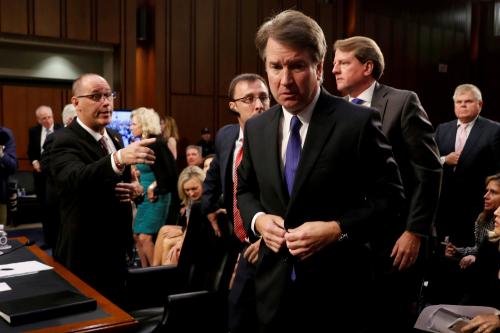
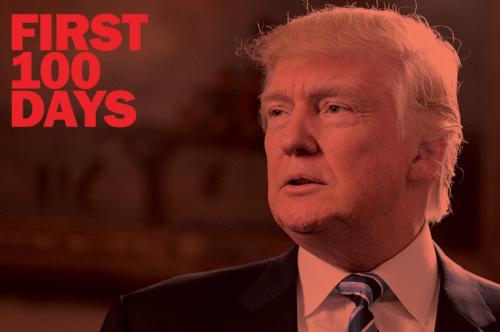
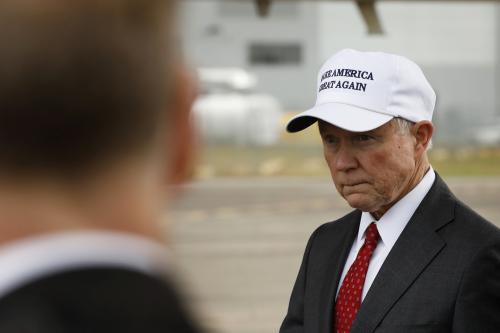

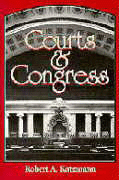


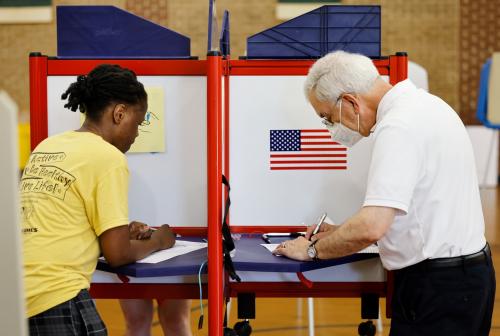

Commentary
Confirming Team Trump: What to expect at the Senate’s confirmation hearings
January 8, 2017